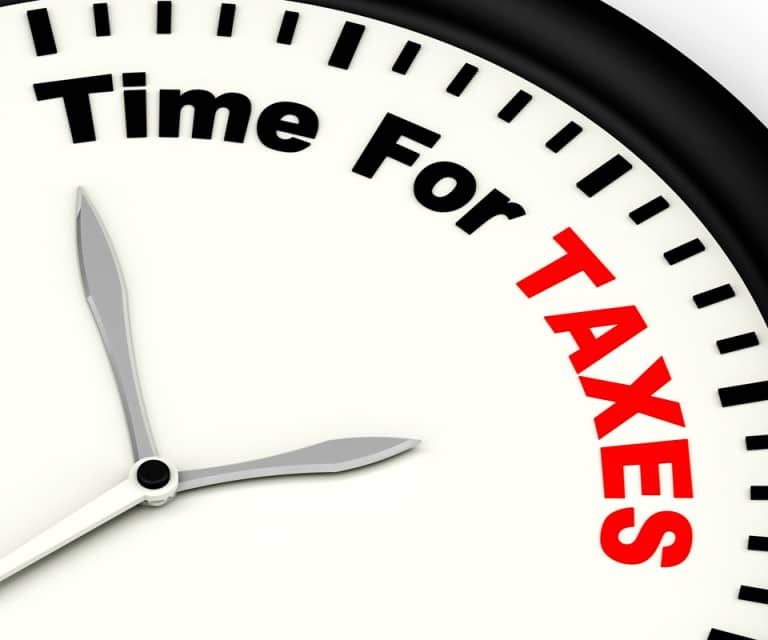From time to time, I work with clients who struggle with coming up with an appropriate pricing formula. A common method I see them using sometimes is simply setting their retail price to be double their cost of goods, also known as the Keystone Pricing Formula.
The Basic Keystone Pricing Formula

I’m going to use some arbitrary numbers. Let’s say the shirts each cost $5.00 as the base price. However, it costs an additional $10 to ship 10 of them. So, 10 shirts will cost me $5 X 10 = $50 + $10 shipping, for a total of $60. To get my COGS per shirt, I divide the number of shirts by my total cost, $60/10 = $6/shirt. There you have it. My COGS per shirt is $6.
To get your keystone price, you’ll double your COGS, which will give you $6 X 2 = $12. This means you’ll sell your shirts for a retail price of $12. Easy as pie, right? So what’s the problem with using that formula?
Pricing Is Not One Size Fits All

On the other hand, you can also price yourself right out of business with too high prices. Back to those shirts. Instead of the shirts costing you $5 each, now let’s say they cost you $9 each plus $10 shipping for 10. Using the same math as above, your shirts are going to cost you $10 each. Multiple that by 2 for the keystone pricing and you retail $20 per shirt. If you have no way to differentiate your business from the competition, $5 is a pretty big difference when sizing up shirts side by side.
Research, Research, Research

Don’t just stop at the competition. Also, research the industry standards. Who knows, maybe your competition has gone about their pricing strategy the wrong way. The industry standards can help you settle on a more realistic pricing standard, rather than putting yourself in a situation of the blind leading the blind.
Know Your Break Even
And finally, know your break even. It doesn’t matter what your competition is doing or what the industry standards are. If you can make your price profitable for you, you’re going to have to rethink your pricing strategy.
[fusion_separator style_type=”shadow” hide_on_mobile=”small-visibility,medium-visibility,large-visibility” class=”” id=”” sep_color=”” top_margin=”” bottom_margin=”” border_size=”” icon=”” icon_circle=”” icon_circle_color=”” width=”” alignment=”center”][/fusion_separator]







